At The Fitting Rooms we are huge advocates of prenatal training and feel honoured to have trained many women from the very first weeks of their pregnancies, right up to days before giving birth. But we also understand that it can be a daunting topic for the expectant mum and her friends and family, with a lot of misinformation when it comes to exercising during pregnancy, so let’s take a look at the how’s and why’s of prenatal training…
Luckily, there have now been numerous studies into the effect of training on the health of mothers and the unborn baby, and experts agree that exercise during pregnancy is not only safe, but comes with a huge range of health benefits.
For the mother, the benefits include: improved circulation; reduced swelling; eased gastrointestinal discomfort; reduced leg cramps; reduced maternal weight gain; reduced muscular discomfort; improved body-confidence during pregnancy; reduced risk of lower back pain and easier & shorter labours. Whilst from the baby’s point of view, studies show that those born to mums who exercised during their pregnancy had better tolerance of late or long labours and had healthier hearts than other infants.
Research shows that in order to achieve all those benefits the exercise must be “prolonged, frequent, and weight-bearing – up to the time of delivery”, with women who exercise five times a week for around 45 minutes seeing the greatest benefit.
Aerobic exercise such as running, cycling or walking is all safe, recommended and beneficial. If you weren’t active prior to pregnancy, then start gradually with around 15 minutes of exercise, three times a week, building up to 30 minutes for at least four days a week. Swimming is also great for cardiovascular health and can be very relaxing, especially in the later stages of pregnancy, but as it is non weight-bearing it should be used alongside other forms of exercise to ensure the benefits mentioned are seen. Stationary bikes are also not weight-bearing.
Weight-training is even more valuable than aerobic activity since it strengthens the body: helping it to cope with the stress of maternal weight gain and the associated muscular and joint aches. A balanced training program will alleviate back pain, common during pregnancy, whilst improving core stability and posture, supporting the body as it adapts to its changing centre of gravity. Women who weight trained during pregnancy are also found to have lower perceived pain levels during birth and surely that alone is reason enough to lift!
If you were weight-training prior to becoming pregnant, you can continue much as before, simply adapting as you progress through term to allow for your changing body shape, hormone levels, heart rate and blood pressure.
That’s not to say, however, that you can’t start weight-training for the first time during pregnancy. Working with a qualified pre & post-natal trainer is the best way to ensure that your training is balanced, progressive and safe, whilst still challenging enough to optimise results. If you are working alone, fixed machines are a good place to start since they are stable and will control movement within a fixed range, minimising the risk of overextending your joints.
It should go without saying that it’s essential to get the all-clear from your doctor or midwife before starting to train as there are certain cases where exercise may not be recommended. In general though, the NHS fully support pre-natal exercise, stating that “the more active and fit you are during pregnancy, the easier it will be for you to adapt to your changing shape and weight gain. It will also help you to cope with labour and get back into shape after the birth.”
Once you have the go ahead to train, the following is a list of dos and don’ts to be mindful of:
– For any workout, warming up and cooling down is essential to reduce the risk of injury and to prevent sudden changes in blood pressure. For both cardio and strength training, do some light dynamic stretches to slowly raise your heart rate and lubricate your joints. For cardio start slowly and build up your speed. For strength training, do a light warm up of each exercise you will be doing to prepare your muscles for the movement.
– Stretching after training is important, but extra care must be taken since the hormone relaxin, which softens connective tissue to aid birth, is present in all joints making over-stretching to the point of permanent damage a risk;
– Make sure you are drinking enough water; dehydration can potentially raise your body temperature to dangerous levels;
– During pregnancy the body needs around an extra 150kcal in the 2nd trimester and 300kcal in the 3rd. If you are exercising you will need to consume additional calories to allow for those burnt during training. Remember though, the baby needs nutrients (not cake), so eat good, healthy foods that will nourish and strengthen;
– In the 2nd and 3rd trimesters avoid lying flat on your back for any extended period of time as this can compress the major vessel to the heart, lowering your blood pressure and reducing flow to the placenta;
– You shouldn’t be exercising to exhaustion: as a general rule of thumb you should be able to hold a conversation as you train.
The most important thing is simply to listen to your body and judge how you feel during and after exercise. If it feels good, keep going, if not, stop and adapt.
There are so many benefits to exercising during pregnancy that in most cases it is actually more detrimental to be inactive. If we haven’t convinced you otherwise already, we’ll leave you with this: many of the women we have trained up until birth say the biggest plus for them was the feeling of being back in charge of their body at a time when it was going through changes beyond their control, making them happier and more confident through the pregnancy. You can’t get a much better reason to stay active than that, can you!

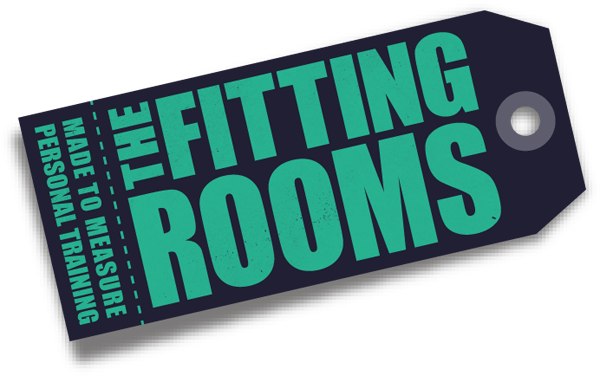
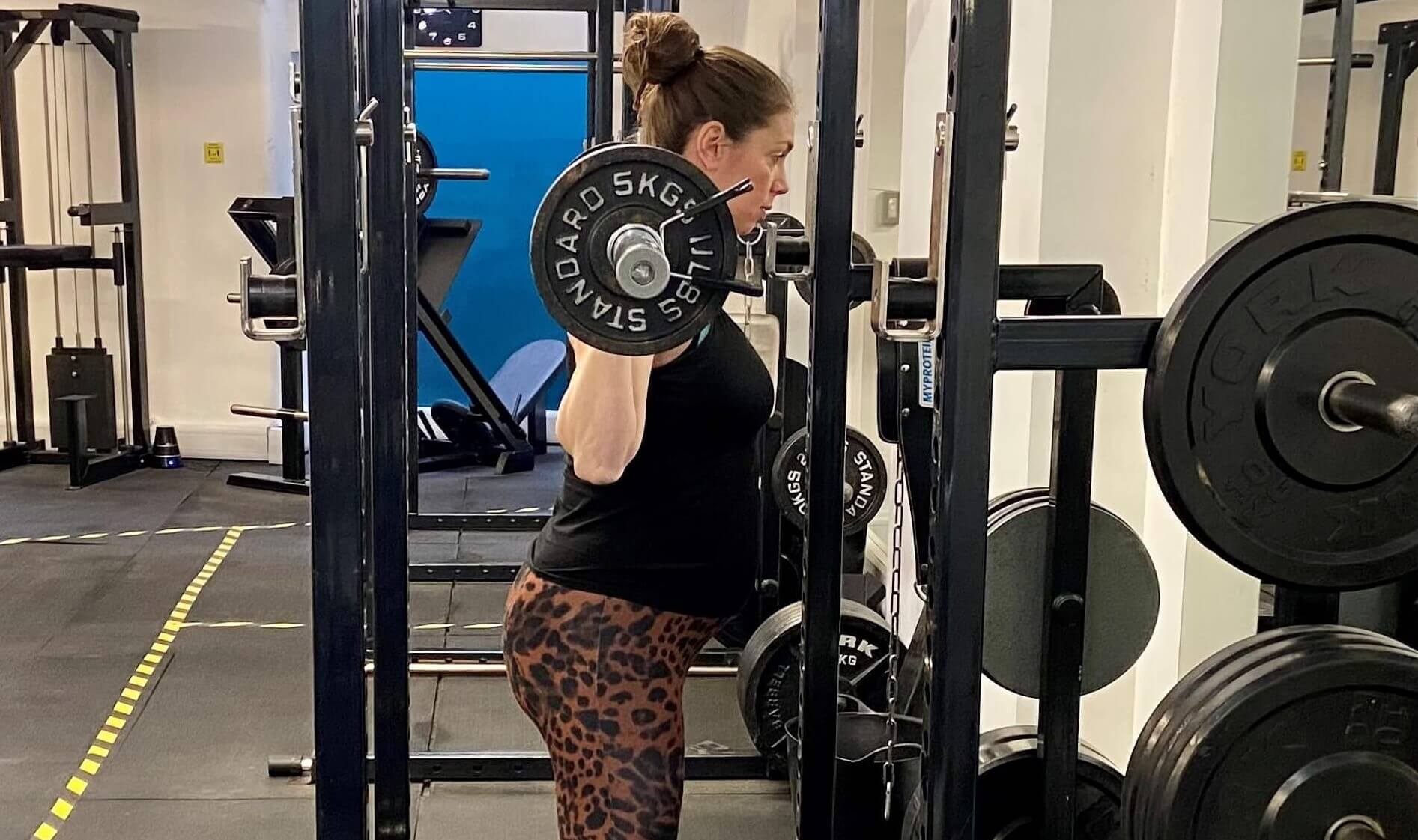
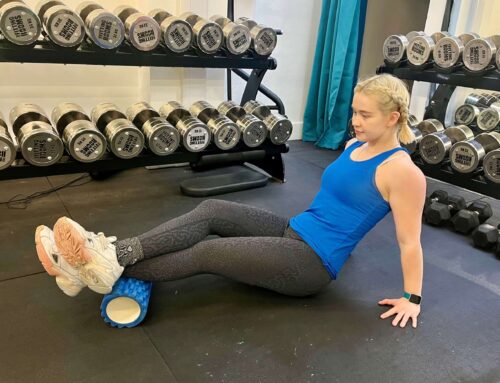

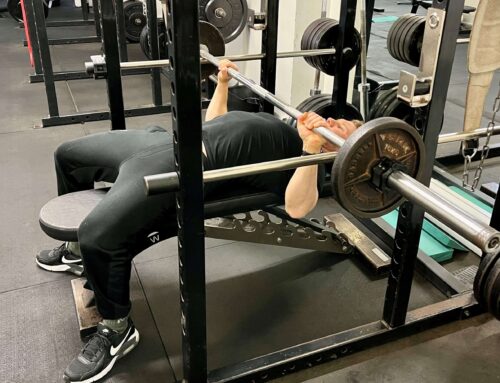

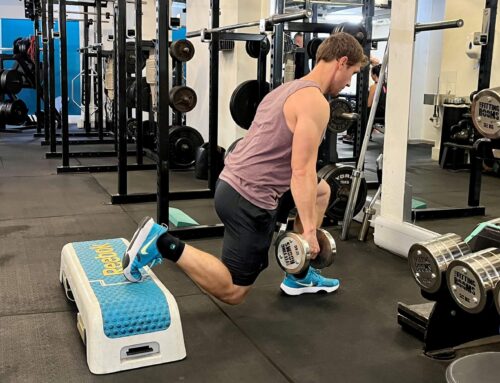
Leave A Comment